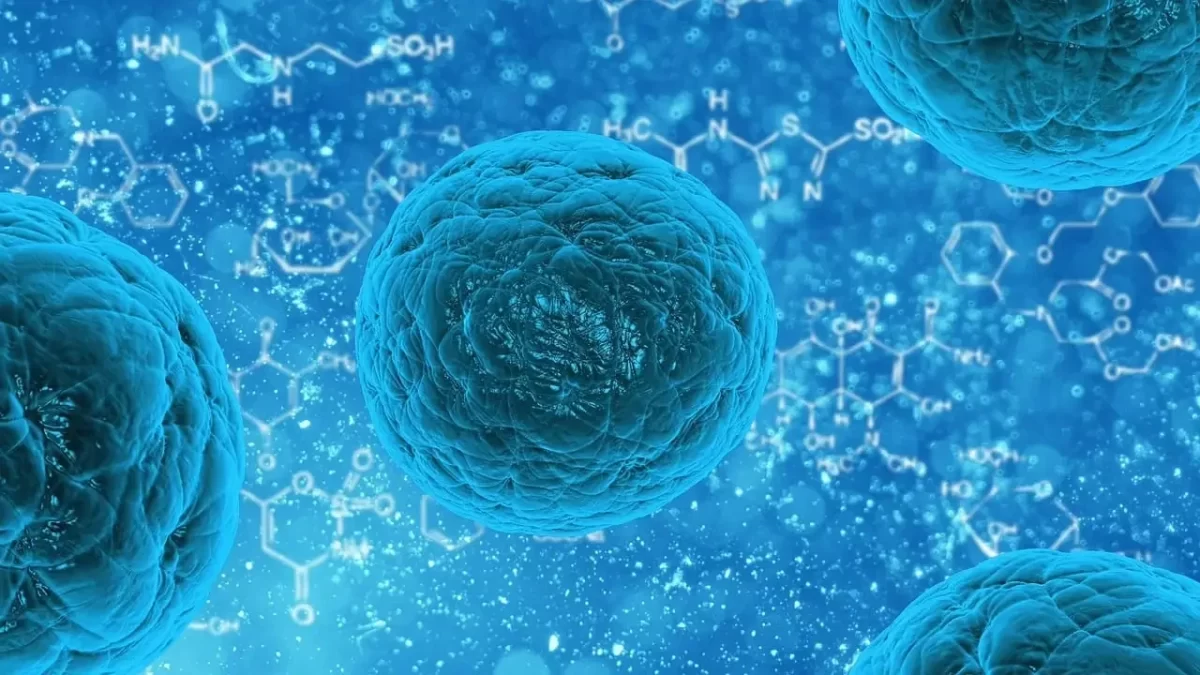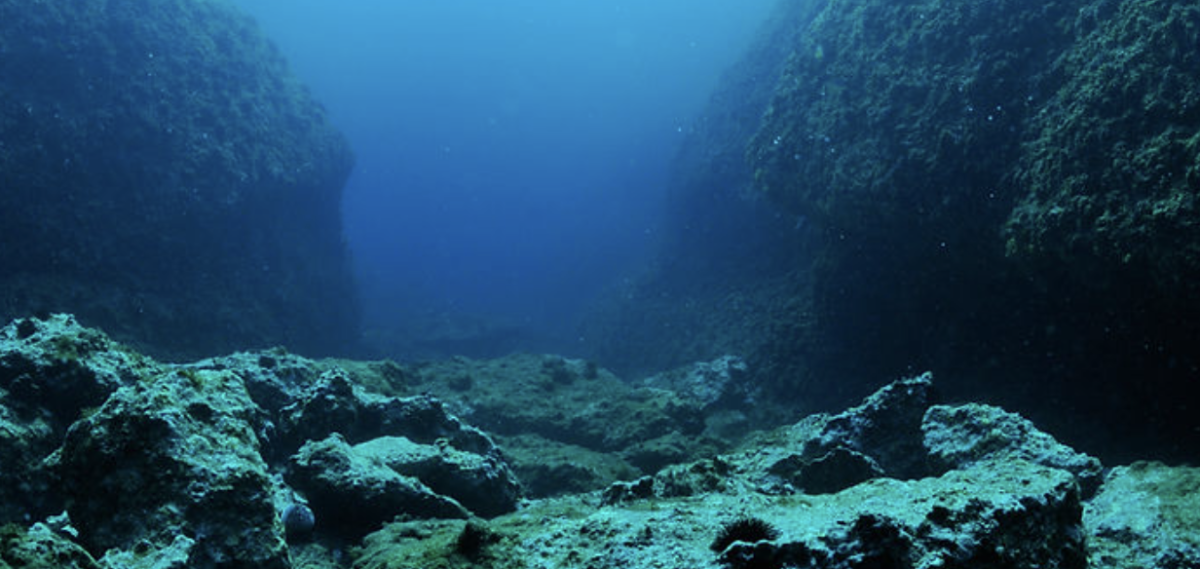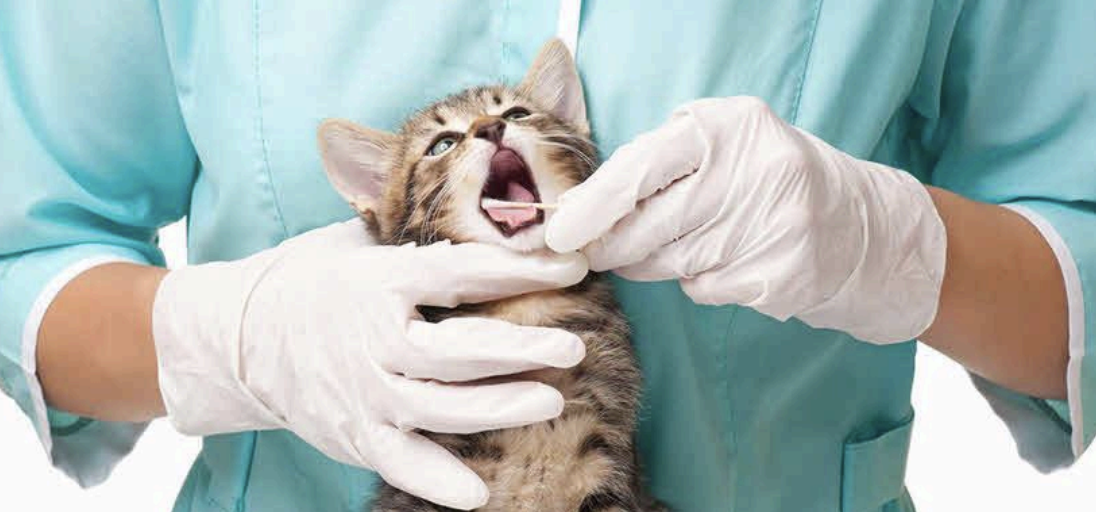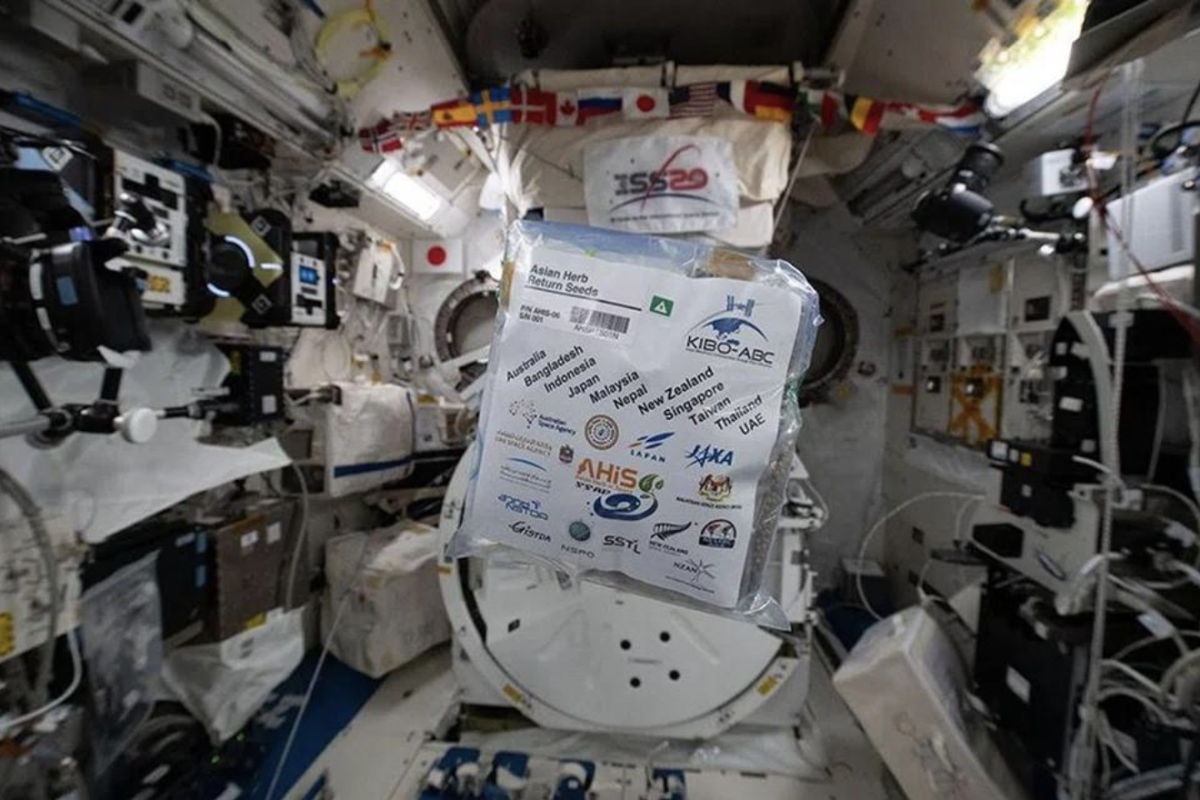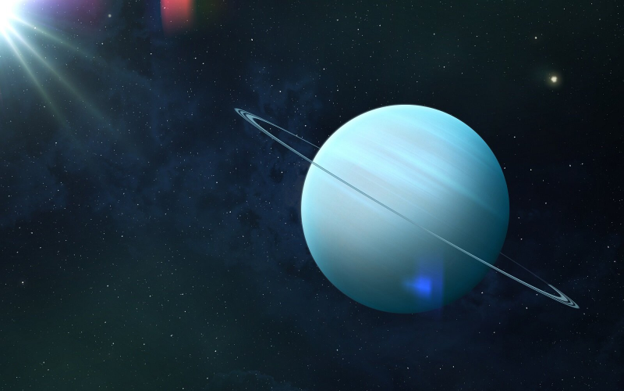Exciting news has emerged from the world of Mars research. Scientists have found promising signs that ancient life may have existed on the Red Planet. Hidden beneath the Martian surface, these signs could have been sheltered from harmful radiation, allowing them to survive for up to 280 million years. This discovery has renewed researchers’ hope that they may one day find traces of ancient life or even organisms in a vegetative state on Mars.
The research has revealed that a bacterium known as Deinococcus radiodurans, which is found on Earth, is incredibly resistant to radiation. It can withstand the equivalent of 280 million years of radiation present 10 meters below the Martian surface. This means that the tiny microorganism could have thrived on the Martian surface for up to 1.5 million years, despite being constantly bombarded by cosmic and solar radiation.
The reason for the bacterium’s resilience lies in the arid and cold environment of Mars. When the temperature drops to minus 79 degrees Celsius, D. radiodurans becomes a formidable, astronomically radiation-resistant bacterium. As the study’s lead author, Michael Daly, a geneticist and radiation biology expert at the Uniformed Services University in Maryland, has pointed out, D. radiodurans is already well-known for its champion-like resistance to radiation. It can be found in the human gut, other places on Earth, and even in space.
This new research is the first attempt to test the upper limit of the bacteria’s resistance to radiation when dehydrated. Scientists had previously discovered that the bacterium can withstand much radiation in liquid culture. With this new discovery, however, researchers are more confident than ever that they may be able to uncover evidence of ancient life or even living organisms on Mars.
In a recent experiment, scientists exposed the bacteria D. radiodurans, to a dry environment, freezing it, and then bombarding it with gamma and solar-mimicking radiation. The results of the study showed that this bacterium is capable of surviving a remarkable amount of radiation.
D. radiodurans also evolved on Earth, which is protected by our planet’s atmosphere. However, it is likely that any bacteria on Mars would have had to develop a similar resistance to radiation, having grown in an environment without this protection. Although there may have been liquid water on Mars in the past, it has been two billion years since the planet had large-scale liquid water. This makes it unlikely that there are living bacteria on Mars. Nevertheless, given that Mars has a fragile atmosphere, it is regularly bombarded by meteorites, which could release heat and liquid water upon impact. This, in turn, could temporarily awaken dormant bacteria underground, allowing life to flourish.
Even if the theory of the temporary oasis on Mars is inaccurate, the long-lived potential of bacteria on the planet implies that traces of ancient life may still be present in the rocks. Despite the organisms being long dead, DNA fragments and other signs of life could still exist.
Sources & Recommended Reading:
Astrobiology Journal: https://www.liebertpub.com/doi/10.1089/ast.2022.0065
Space.com: https://www.space.com/41559-planetary-protection-alien-life-search-ethics.html


